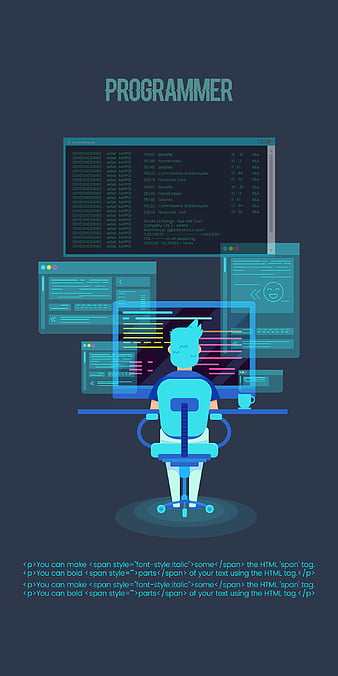In Go, WaitGroups and Mutex are two important synchronization mechanisms used to coordinate the execution of concurrent goroutines. They help in managing the flow of goroutines, ensuring that tasks are completed or data access is controlled appropriately. 1️⃣ WaitGroups A WaitGroup is used to wait for a collection of goroutines to finish executing. It allows […]









